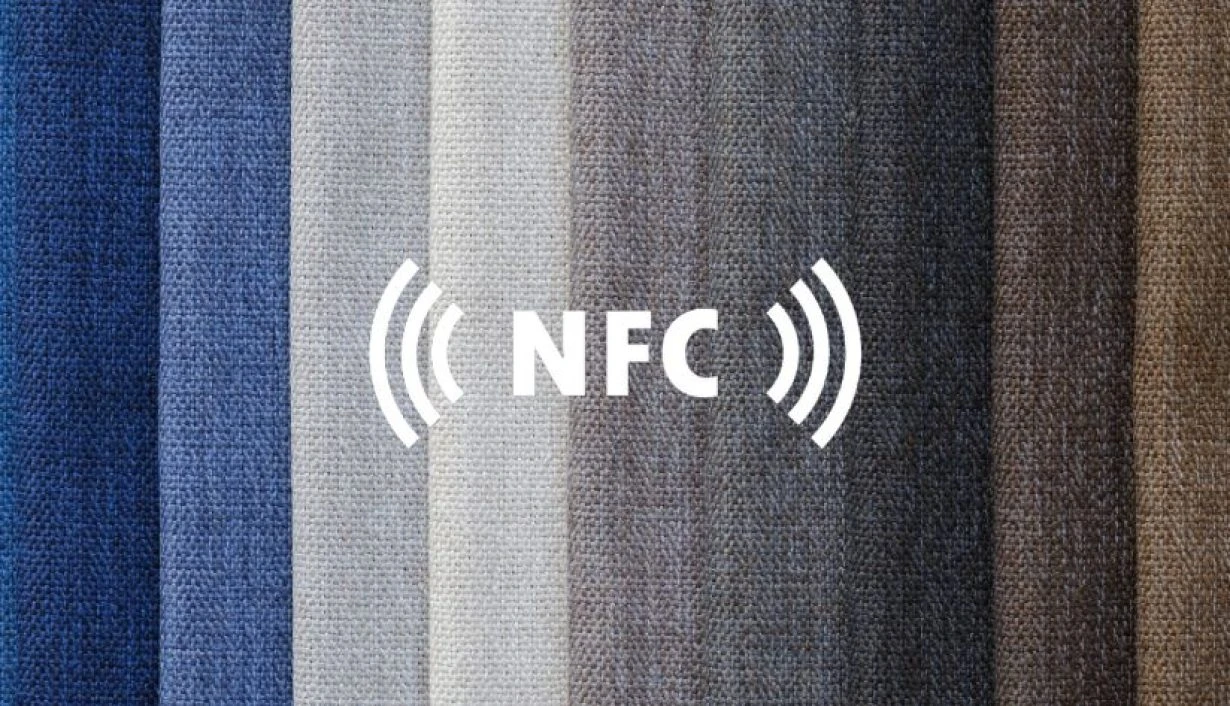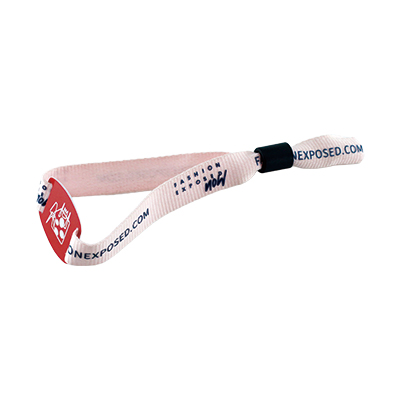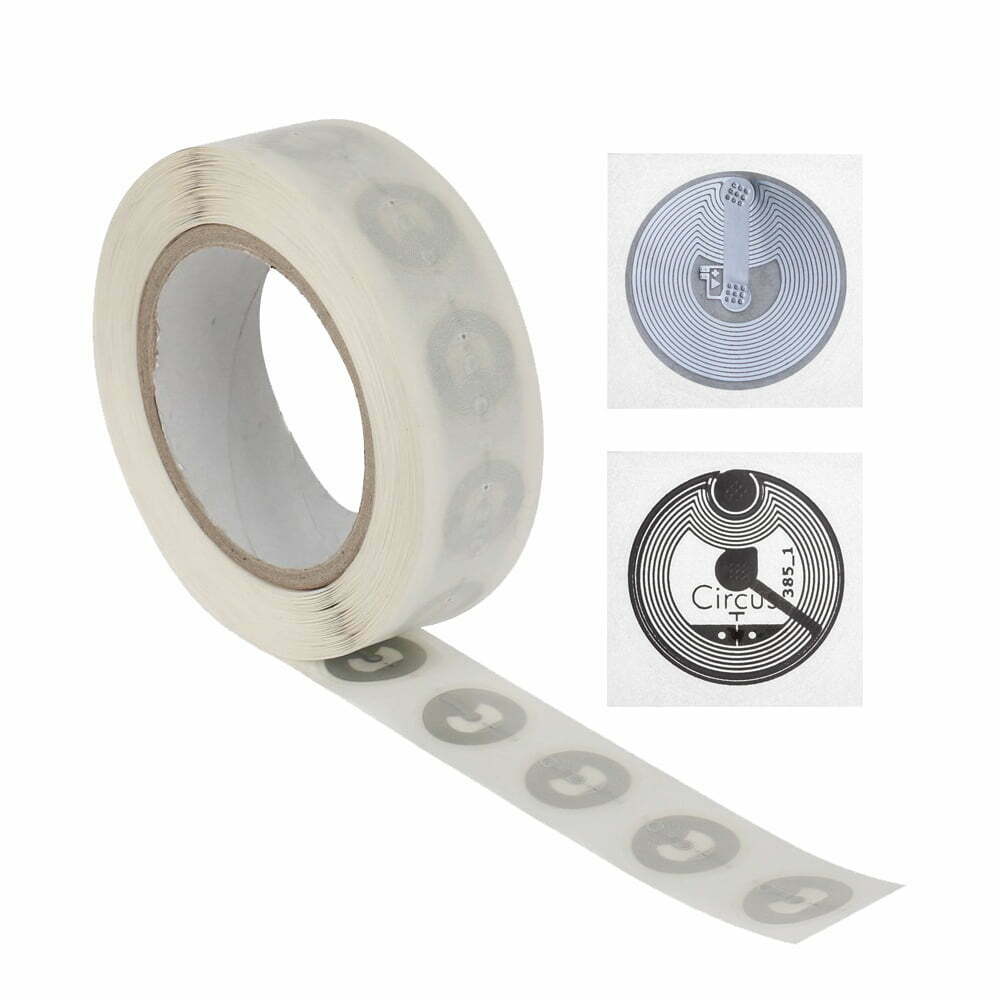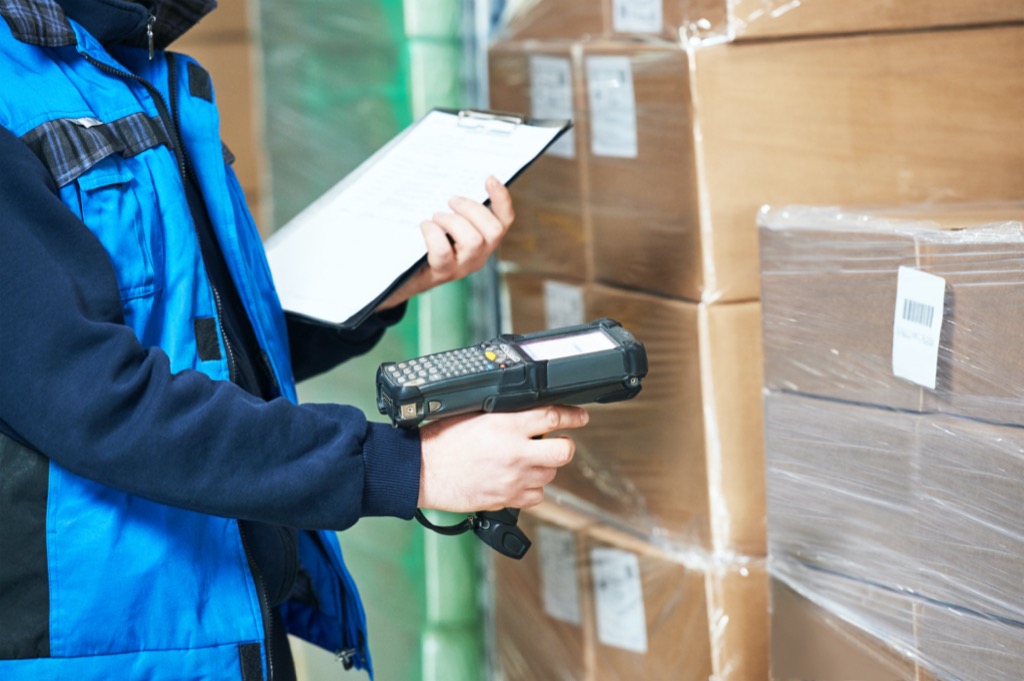In the clothing manufacturing industry, efficient production and precise management are crucial. The traditional bar codes and manual record methods are inefficient and prone to errors. However, RFID silicone laundry tags, with their durability, high reading rate and automation advantages, are becoming the new favorite in the industry.
What is an RFID silicone laundry tag?
An RFID silicone laundry tag is a flexible silicone package for an RFID chip, featuring waterproof, heat-resistant, and corrosion-resistant properties. It is suitable for the complex environment of the clothing industry.
Key features:
- Durable and flexible: Can be sewn or adhered onto clothing without affecting comfort.
- Highly adaptable to environments: Resistant to high temperatures and humidity, suitable for various production conditions.
- Long lifespan and low cost: Reusable, reducing long-term expenses for enterprises.
Core Applications of RFID silicone laundry tags in Clothing Production Management
Automated Production Process Management
RFID silicone laundry tags can be embedded in fabrics or finished products, enabling real-time tracking of cutting, sewing, quality inspection, etc. Through RFID readers, data is automatically collected, reducing manual intervention and enhancing production efficiency.
Intelligent Warehousing and Inventory Management
Traditional inventory checks rely on manual scanning, which is inefficient and prone to errors. RFID technology supports batch reading, completing warehouse inventory checks within seconds with an accuracy rate of up to 99.9%.
Supply Chain and Logistics Traceability
RFID silicone laundry tags record raw materials, production batches, and logistics information, ensuring transparency in the supply chain. In case of quality issues, the problem can be quickly located, improving recall efficiency.
Industry Advantages of RFID silicone laundry tags
Enhancing Production Efficiency
- Automatic data collection, reducing manual operation time.
- Reducing error rate and avoiding production delays.
Strengthening Product Traceability
- Complete record of product lifecycle data.
- Compliant with international quality supervision standards (such as ISO 9001).
Reducing Operating Costs
- Reducing labor inventory costs.
- tags can be used for a long time, avoiding frequent replacements.
Practical Application Cases
Case 1: A clothing brand achieved a 30% efficiency improvement
The brand embedded RFID silicone laundry tags in its garments, enabling full-process automated tracking, resulting in a 30% increase in production efficiency and an accuracy rate of 99.9% for inventory.
Case 2: Fast fashion enterprises reduced their inventory checking time by 90%
After adopting the RFID system, the original 3-day inventory checking time was shortened to 2 hours, significantly reducing labor costs.
How to Choose the Right RFID silicone laundry tags?
When enterprises choose RFID silicone laundry tags, they need to consider:
- Frequency requirements: HF (high frequency) or UHF (ultra-high frequency) are suitable for different scenarios.
- Environmental adaptability: whether they are resistant to high temperatures and washing.
- Cost-effectiveness: whether they are more economical for long-term use.
RFID silicone laundry tags vs. Traditional tags: Why silicone laundry tags Are Superior?
Compared with traditional paper or PVC tags, RFID silicone laundry tags have significant advantages:
- More durable: washable, resistant to friction, suitable for long-term use.
- Higher reading rate: supports long-distance batch identification, improving efficiency.
- More intelligent: seamlessly connected with ERP/MES systems, enabling data automation.
Contact us to customize a tailored solution for you!
















